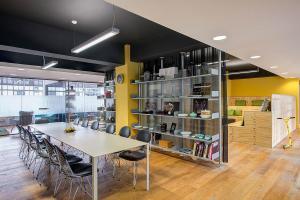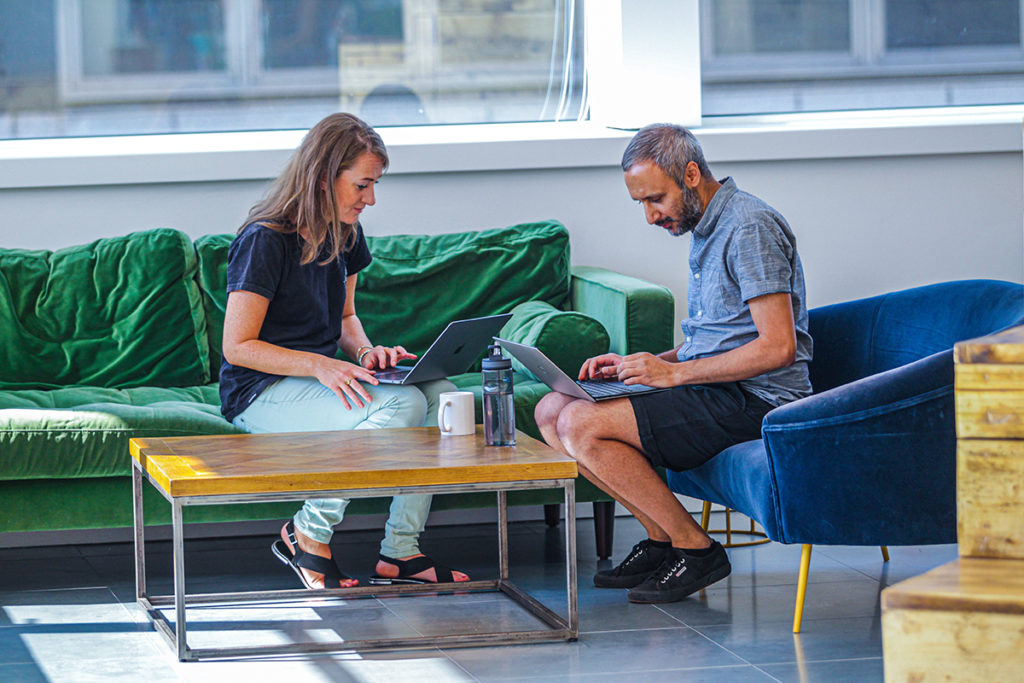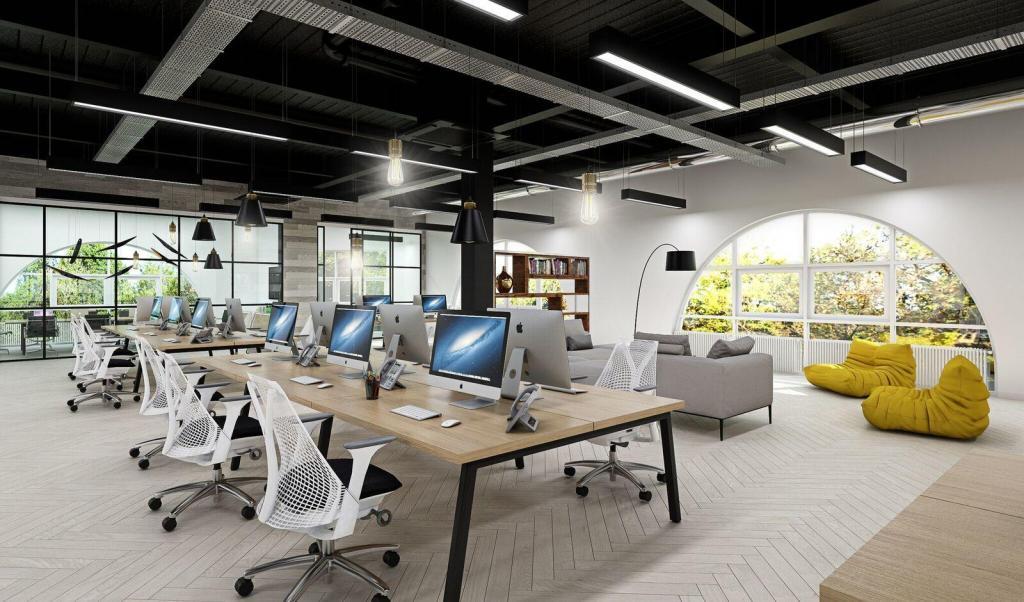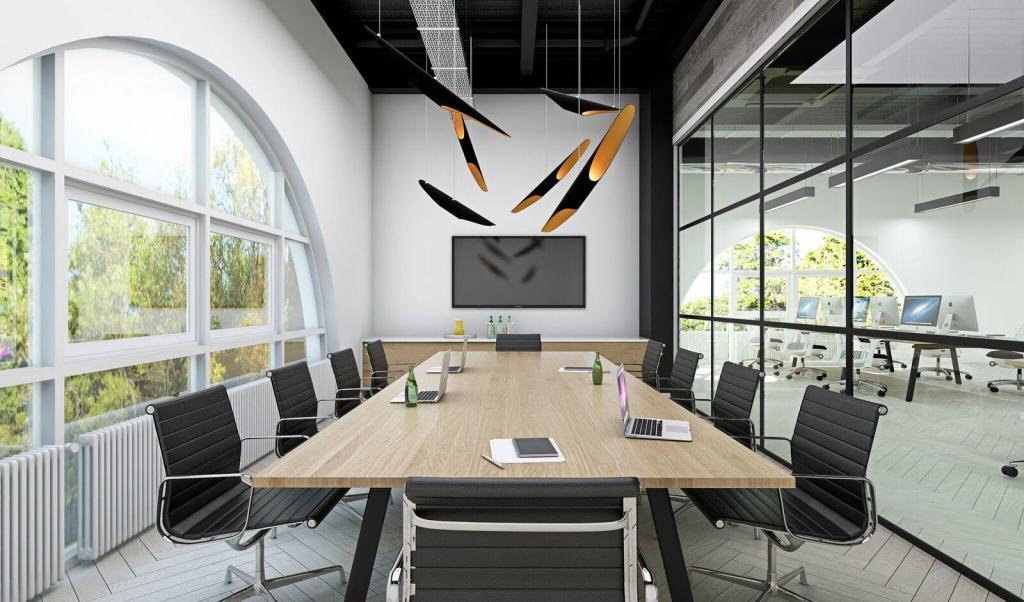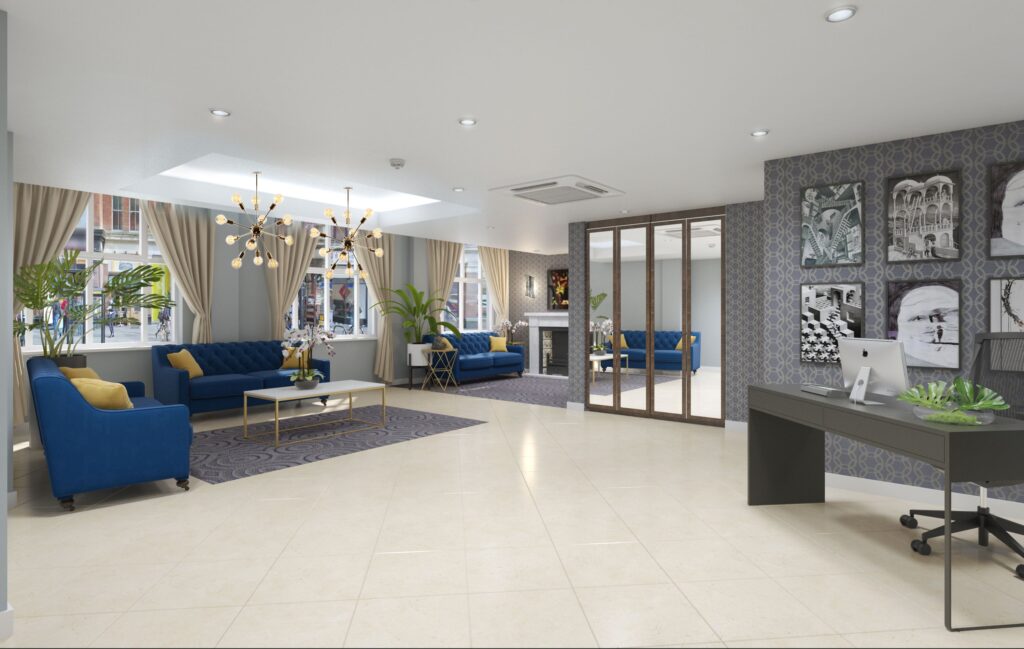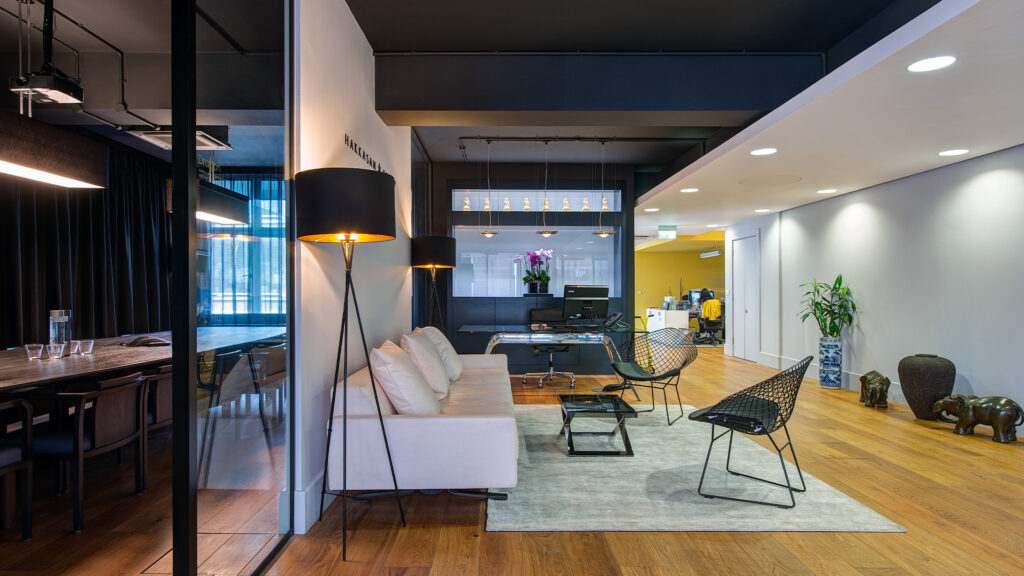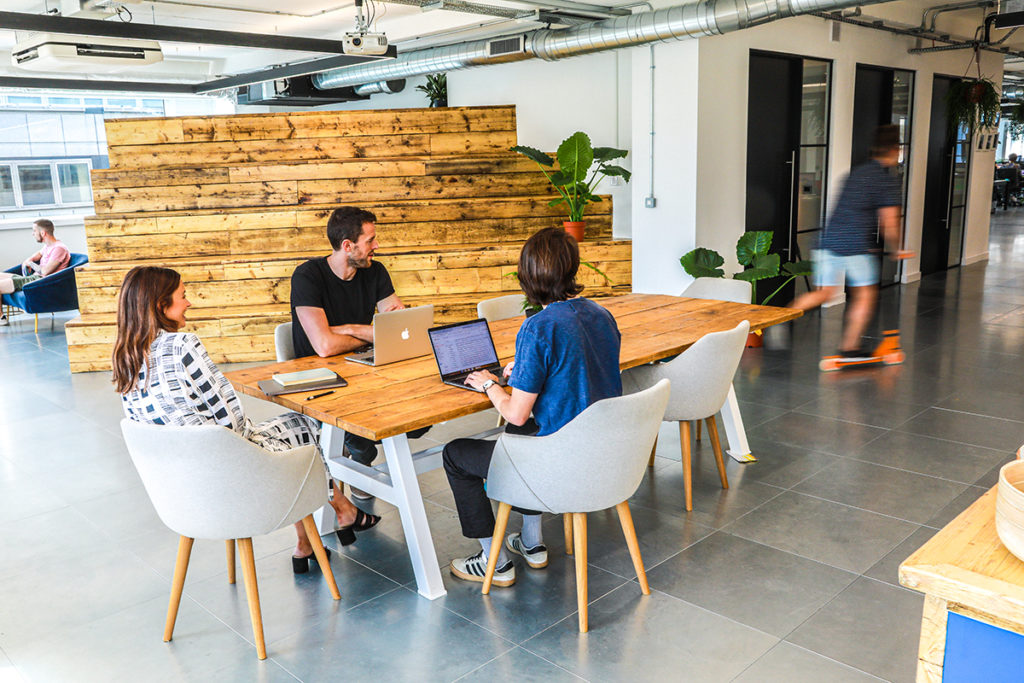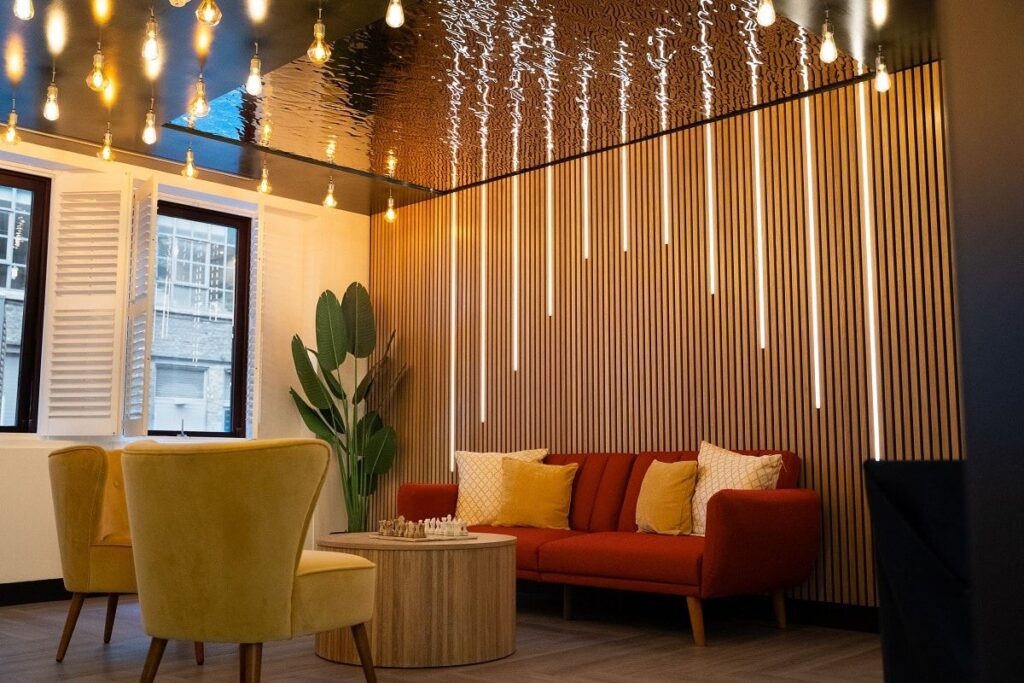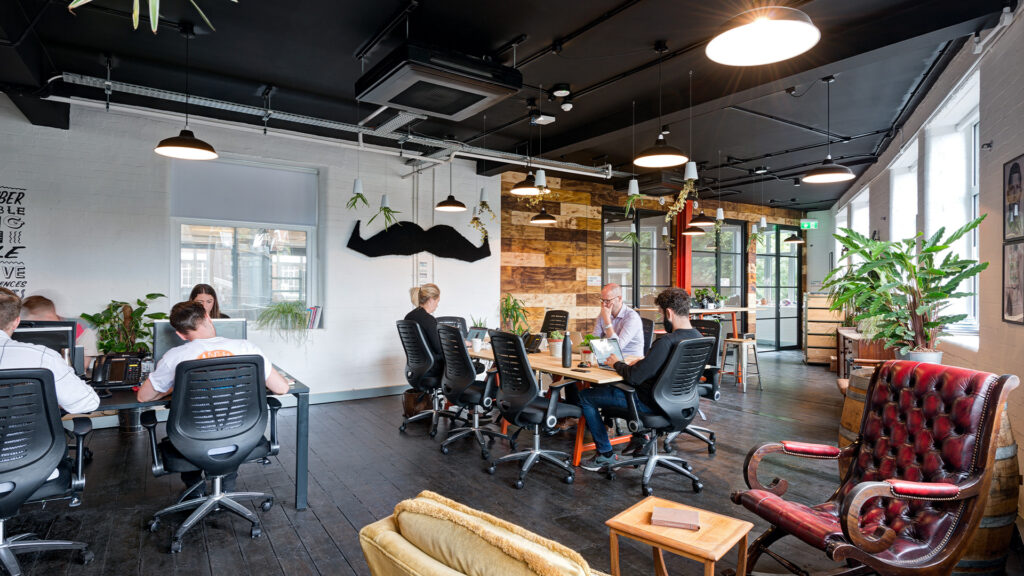The way we work is changing at an unparallelled pace. Fuelled by technology, today’s work is no longer constrained by geography or the old 9 to 5. Rather, it is conducted across an increasingly broad range of office interiors and time frames, propelled by four major trends that are shaping how people work today.
You don’t need a crystal ball to see that changes to how we do work will have a dramatic effect on where we do work. Let’s take a look at some of the drivers that are changing the nature of work – and how these may impact your next office refurbishment.
The changing nature of work: four trends
- Knowledge workers are increasingly in short supply as record numbers of Baby Boomers leave the workforce. Businesses will have to compete hard for top Millennial talent who demand flexible working, including alternative office design.
- Atypical work – part-time work, zero hours contracts, remote working, contracting, freelancing and anything else that doesn’t resemble the typical 9 to 5 – is on the rise. A full 36% of businesses routinely employ casual workers and reap the benefits of greater organisational agility, skill diversity and increased quality of output.
- Autonomy is a perk, with most British workers wanting the ability to decide how they should tackle work tasks and when and where work is done. Companies are increasingly being forced to offer autonomy or risk losing their competitive edge with both customers and new hires.
- Work life integration is the new work/life balance. Employees expect their employers to find innovative ways of using technology to help them work smarter, not longer, in the race for greater productivity (for example, collaboration platforms, wearables, mobile).
What does this mean for your office refurbishment? Well, any company can change their layout, décor and furniture. But successful organisations select an office design that is perfectly mapped to these trends; an office refurbishment that is uniquely tailored to the Zeitgeist of their workforce.
Office refurbishment for the physically dispersed workforce
A company with 500 workers used to design their office refurbishment for 500 workers, with 500 workstations. Now, employers can get away with renting far less space, but that space needs to work so much harder to accommodate workers on different contracts and schedules. Instead of being the gatekeeper (keeping people in), office design must become the facilitator. Through the use of strategic office design features, office interiors must entice physically dispersed mobile workers to drop into the office and stay engaged and connected.
Presenteeism – the requirement for workers to be in the office – is dropping out of the workplace vernacular. As the way we work changes, companies are focusing more on outcomes than the hours that are logged on a timesheet. Trust is the new currency. As such, an office refurbishment needs to focus on the technology that allows workers to work well from anywhere.
Even when in the office, workers may want to move between a variety of office refurbishment settings that support a diversity of needs. The physical environment (form and function) is still crucial to productivity, but the office refurbishment needs to become more flexible so that workers can work independently or collaboratively and move between different environments and teams.
In summary, the way we work is not static, and neither is the place in which we do it. New trends in office design are percolating alongside wider shifts in the labour market, and these are quickly becoming mainstream for most companies. These days, your office refurbishment is a kit of many moving parts – function, form, flexibility and workforce. How does your office design stack up?


